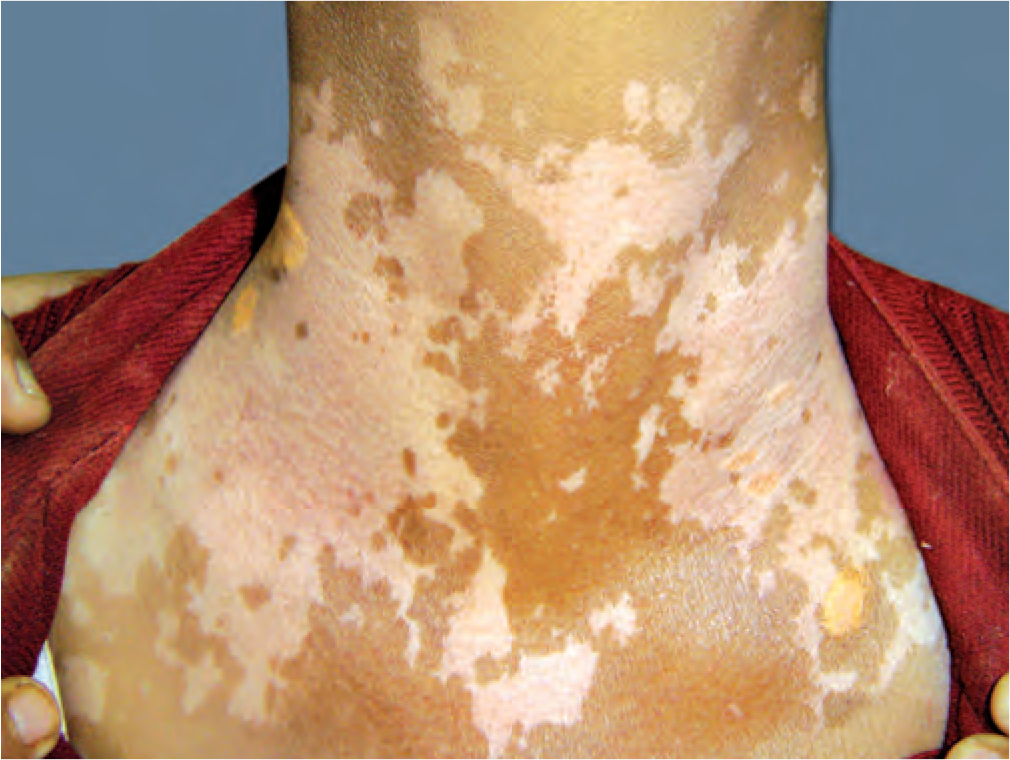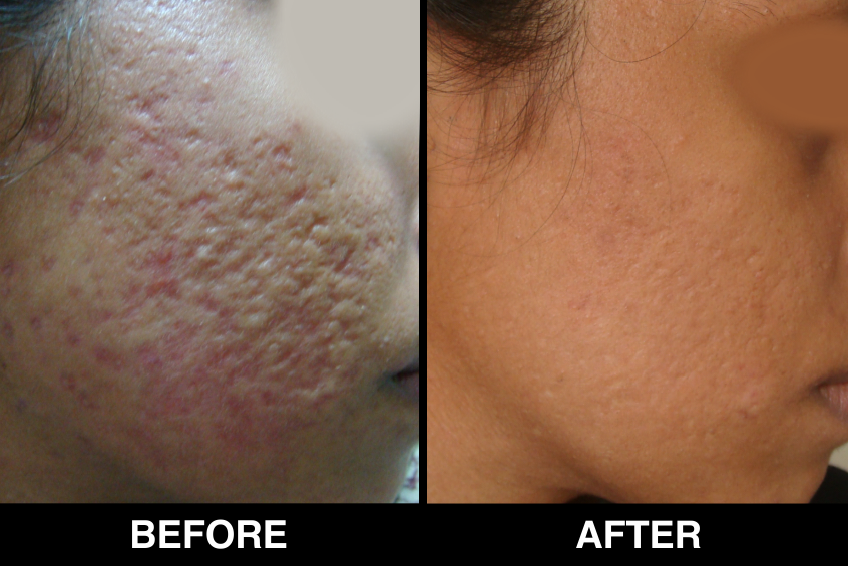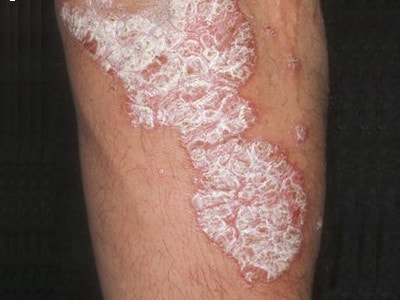Allergy
Allergies are still a mystery even to the medical world. Medications too, fall short of curing the condition. Steroids may seem the panacea for the moment, but they have their own drawbacks. Therefore, it is important to know about allergies.
What are allergies ?
Allergy is, to put it in a layman’s term, a condition whereby a child is extra-sensitive to certain innocuous substances or “triggers” like dust or pollen, which are harmless to a normal person. Some children are particularly predisposed to allergies. Their immune response is wired a little differently, so that it interprets the presence of harmless substances as a threat and overreacts. Therefore, while one child hugs a cat comfortably, another goes into spasms of relentless sneezing.
Children with allergic tendencies are known to produce excess Immunoglobin E (IgE) antibodies in their blood and are categorized as “atopic” individuals. And in fact, most atopic children react violently to multiple allergens, not just one.
Allergens :
There are thousands of substances that cause allergies in atopic individuals. Such substances called “allergens” are mainly, air-borne or food-based. Among the indoor air-borne allergens, the innocuous house dust is one of the common causes of allergies. House dust is a composition of fine cloth fibres, lint, mold, mildew, paint peelings, pet dander, hair and so on, all of which are potent allergens. No matter how clean the house, it is not possible to completely eliminate dust-mites, especially in mattresses and carpets.
Outdoors, it is the tree-, weed- and grass-pollens that provoke allergic reactions. Who would have thought that this otherwise useful agent for plant pollination could play havoc with someone’s health? But, pollens, unlike house dust are seasonal occurrences and hence, allergies due to them are seasonal, too.
There are some food types like milk, wheat, seafood and soy, whose proteins are food allergens.
Various factors are responsible for Causing allergies are follows :
Irritated skin can be caused by a variety of factors. These include immune system disorders, medications and infections. When an allergen is responsible for triggering an immune system response, then it is an allergic skin condition.
Skin rashes can be caused by a wide variety of factors that are environmental, hereditary, and even linked to immune system disorders. They can also be caused by infections that your body is fighting and medications you are taking for completely unrelated health conditions. Food allergies can cause skin rashes, as well as illnesses like chicken pox and the measles. However, other materials, such as laundry detergents, fabric softeners, soaps, shampoos, and nickel can cause contact dermatitis as well.
Skin allergies occur when your immune system reacts to foreign substances that touch your skin. There are many substances that we encounter in our daily lives that serve as triggers for skin allergies. Your current health and state-of-mind may make you more susceptible to falling prey to those triggers at some times more than others.
Common triggers are perfumes, cosmetics, laundry detergents, shampoos, and other health and beauty products that have fragrances. Even some products that say “unscented” on the label can contain allergens that affect your skin. Skin allergies can also be caused by latex, which is used in rubber gloves, condoms, waistbands, rubber bands, and other household products. Hair dye, clothing dye, poisonous plants, sunscreen, household solvents, and adhesives can also cause your skin to react and become symptomatic.








Allergy FAQ’s
Types of Skin Allergies:
They come in different forms. Here are the most common kinds:
- Contact dermatitis: If you’ve ever gotten a rash after wearing a new ring or using a different soap, you’ve probably had this condition.
Your skin touches an allergen, like nickel or a chemical in a soap, lotion, or sunscreen.
Particles in the air, such as pollen, can also trigger dermatitis when they land on the skin. Your doctor may call this “airborne contact dermatitis.”
In some cases, you’ll have a reaction only after you’ve been in the sun. This is sometimes called “photoallergic contact dermatitis.” It’s brought on by some chemicals, such as those in sunscreens, shaving lotion, and perfumes.
Symptoms range from mild to severe. They include:
Redness
Swelling
Cracking
Burning
Blisters
Bumps
Scaly patches
Rashes
You usually don’t get a reaction right away. It can take anywhere from a few hours to 10 days. Typically, it takes from 12 hours to 3 days.
Even with treatment, symptoms can last 2 to 4 weeks.
- Hives: These are raised, itchy red welts or bumps. Contact dermatitis can trigger them, but allergic reactions to insect bites, medications, and foods can also bring on a reaction. Hives tend to appear right away, and they fade within a few hours or days.
- Eczema: You may hear this called “atopic dermatitis.” It’s a chronic allergic condition that usually begins in childhood. About 11% of Americans have it. Experts aren’t certain what leads to it. They do know certain triggers can make your skin itchy, red, and dry. They include:
Animal dander
Cleaning products
Dust
Symptoms of an allergic reaction usually develop within a few minutes of being exposed to something you're allergic to, although occasionally they can develop gradually over a few hours.
Common symptoms of an allergic reaction include:
- Sneezing and an itchy, runny or blocked nose (allergic rhinitis).
- Itchy, red, watering eyes (conjunctivitis).
- Wheezing, chest tightness, shortness of breath and a cough.
- A raised, itchy, red rash (hives).
- Swollen lips, tongue, eyes or face.
- Tummy pain, feeling sick, vomiting or diarrhoea.
- Dry, red and cracked skin.
The symptoms vary depending on what you're allergic to and how you come into contact with it. For example, you may have a runny nose if exposed to pollen, develop a rash if you have a skin allergy, or feel sick if you eat something you're allergic to.
The most common diseases caused by allergy mechanisms are those of hay fever (allergic rhinitis), asthma, eczema (allergic dermatitis), contact dermatitis, food allergy and urticaria (hives).
Allergy really has different names depending upon where in your body the reaction is occurring. If an allergic reaction occurs in your nose, eyes and sinuses physicians will call it allergic rhinitis. If the allergic explosion is occurring in the lungs, we call it asthma. All of these allergic diseases are inflammatory in nature. That is to say, there is inflammation characteristic of allergy immune mechanisms occurring in those parts of your body when we give the condition the above scientific names.
Allergies can affect anyone, regardless of age, gender, race or socioeconomic status. While it's true that allergies are more common in children, they can occur for the first time at any age or, in some cases, recur after many years of remission.
Although the exact genetic factors are not yet understood, the tendency to allergies, as well as to allergic disease, is linked to heredity.
It takes at least 10 days to become sensitive to something after your first contact with it. You might even be able to touch something for years before you have an allergic reaction to it.
But once you develop an allergy, you could have a reaction within a few minutes of coming into contact with it. Or it might take a day or two.
The most common causes of skin allergies include:
- Nickel, a metal used in jewelry and snaps on jeans, makeup, lotions, soaps, and shampoos.
- Sunscreens and bug sprays.
- Medications you put on your skin, like antibiotics or anti-itch creams.
- Fragrances.
- Cleaning products.
- Plants, including poison ivy.
- Latex, which is used in stretchy things like plastic gloves, elastic in clothing, condoms, and balloons.
- Chemicals.
You're more likely to have certain skin allergies if you a have skin condition like eczema (your doctor may call it atopic dermatitis), inflammation in your lower legs because of poor circulation, itching in your private parts, or you often get swimmer's ear.
Book An Appointment












